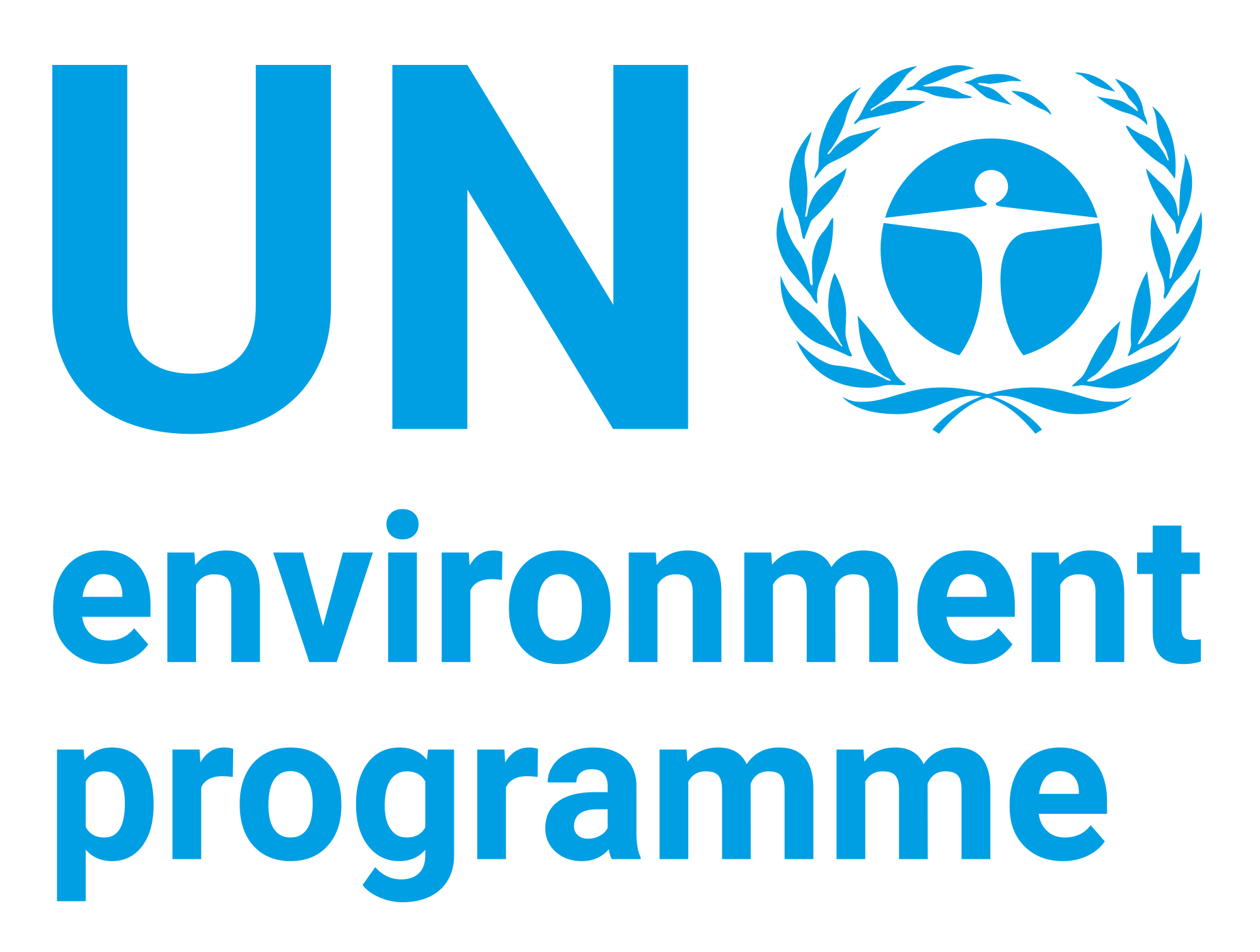Renewable Energy in Hybrid Mini-Grids and Isolated Grids: Economic Benefits and Business Cases

Date
2015Author
United Nations Environment Programme
Frankfurt School-UNEP Collaborating Centre
Citation Tool
Bibliographic Managers
RT Generic T1 Renewable Energy in Hybrid Mini-Grids and Isolated Grids: Economic Benefits and Business Cases A1 United Nations Environment Programme, Frankfurt School-UNEP Collaborating Centre YR 2015 LK https://wedocs.unep.org/20.500.11822/33109 PB AB TY - GEN T1 - Renewable Energy in Hybrid Mini-Grids and Isolated Grids: Economic Benefits and Business Cases AU - United Nations Environment Programme, Frankfurt School-UNEP Collaborating Centre Y1 - 2015 UR - https://wedocs.unep.org/20.500.11822/33109 PB - AB - @misc{20.500.11822_33109 author = {United Nations Environment Programme, Frankfurt School-UNEP Collaborating Centre}, title = {Renewable Energy in Hybrid Mini-Grids and Isolated Grids: Economic Benefits and Business Cases}, year = {2015}, abstract = {}, url = {https://wedocs.unep.org/20.500.11822/33109} } @misc{20.500.11822_33109 author = {United Nations Environment Programme, Frankfurt School-UNEP Collaborating Centre}, title = {Renewable Energy in Hybrid Mini-Grids and Isolated Grids: Economic Benefits and Business Cases}, year = {2015}, abstract = {}, url = {https://wedocs.unep.org/20.500.11822/33109} } TY - GEN T1 - Renewable Energy in Hybrid Mini-Grids and Isolated Grids: Economic Benefits and Business Cases AU - United Nations Environment ProgrammeUnited Nations Environment Programme, Frankfurt School-UNEP Collaborating Centre UR - https://wedocs.unep.org/20.500.11822/33109 PB - AB -View/Open
Item Statistics
Display item statisticsMetadata
Show full item recordDescription
The aim of this study is to compare average generation costs of a renewable hybrid to a diesel only power plant – not to compare different hybrid technologies or renewable power sources to each other. With PV electricity - despite rapidly falling technology costs - still representing a comparatively expensive source compared to some other renewables, this assessment provides a conservative view of the potential cost savings through hybridisation. While PV is an obvious technology (and offers the benefit of reliable resource data), site assessments may point to other renewable energy sources that would permit cheaper hybridisation. The study is structured as follows: 1) Introduction; 2) Selected sites; 3) Hybridisation: potential and benefits; 4) Economic viability assessment; 5) Financial viability assessment; and 6) Conclusion.
Collections
Document Viewer
To read more, scroll down below.

